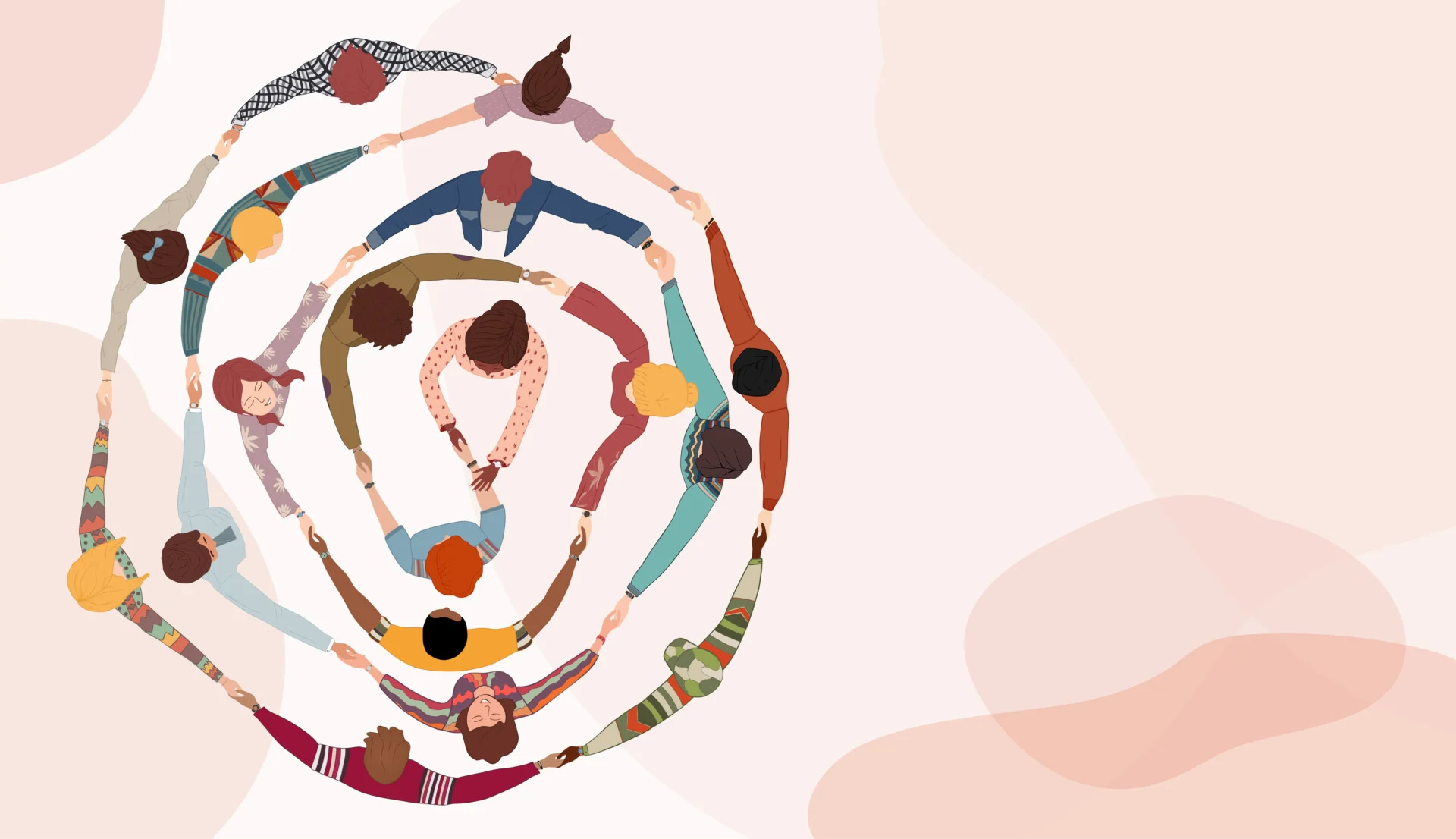You might have heard of acculturation before, but what does this term mean? Well, it’s the process where a group adopts cultural traits from another culture. Therefore, acculturation is inevitable when one group immigrates to a different part of the world.
We can separate acculturation into four different types: integration, assimilation, separation, and marginalization.

To define all four of the terms mentioned above:
- Integration – adopting the cultural norms of one’s new country while also retaining one’s own culture
- Assimilation – adopting one’s new culture but rejecting one’s own cultural norms
- Separation – rejecting one’s new culture and keeping one’s own culture
- Marginalization – rejecting both one’s own culture and one’s new culture
While you might not notice it, you face these types of acculturation every day. If you reject learning your ancestor’s language and rely on English, that is an example of assimilation, one of the types of acculturation. If you maintain your native language and codeswitch between English and your native tongue, that’s an example of integration, another type of acculturation. Aside from languages, you can also see examples of acculturation in one’s culture. While some people neglect to celebrate festivals from their home culture, others might embrace both the cultures of their home and their new country—both of which are examples of acculturation.
Acculturation shapes not just individual experiences but the very fabric of our communities. It influences how we navigate relationships, build identities, and create a sense of belonging in a new environment. When you understand your own acculturation process, you can make more conscious choices about how you interact with both your heritage and the new culture around you. Whether you choose to integrate or find a balance between cultures, remember that your experience is valid and unique.

